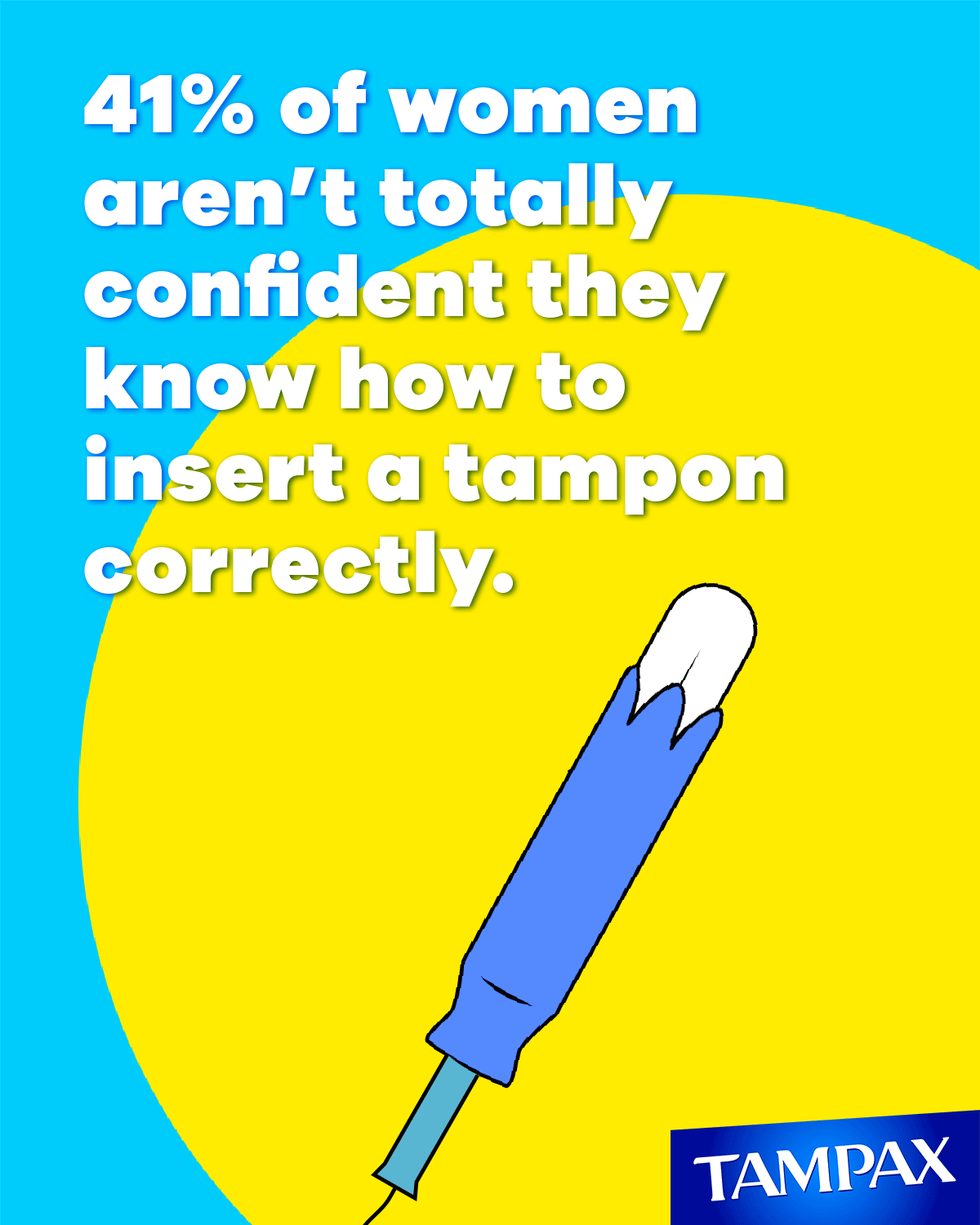Using a tampon correctly can significantly enhance menstrual hygiene and comfort. Many women, especially beginners, may feel uncertain about the process, but with the right guidance, it can become a seamless part of your routine. This article aims to provide step-by-step instructions, expert advice, and essential tips to ensure you use tampons with confidence and ease.
Menstrual health is a critical aspect of a woman's life, and choosing the right menstrual product is essential. Tampons offer a convenient and discreet option, but understanding how to use them properly is crucial for maximizing their benefits and ensuring safety. Whether you're a first-time user or simply looking to refine your technique, this guide will provide all the information you need.
Our focus is to ensure that you feel empowered and informed about your menstrual choices. By following this guide, you'll learn everything from the basics of tampon insertion to troubleshooting common issues. Let's dive into the details and discover how to make tampons work for you.
Read also:Hasahi Ouchi The Journey Of A Cultural Icon
Table of Contents
- Biography of Tampon Usage
- Understanding Tampons
- Step-by-Step Guide to Using Tampons
- Common Questions About Tampons
- Tips for Beginners
- Importance of Menstrual Hygiene
- Safety and Precautions
- Different Types of Tampons
- Troubleshooting Common Issues
- Conclusion
Biography of Tampon Usage
Tampons have been used for centuries, with early versions dating back to ancient times. Modern tampons, however, were developed in the early 20th century, providing women with a more convenient and reliable option for menstrual care. Below is a brief overview of tampon usage:
| Fact | Details |
|---|---|
| Invention Year | 1930s |
| First Manufacturer | Tampax |
| Material | Cotton and rayon blend |
| Usage Rate | Approximately 70% of women worldwide |
Understanding Tampons
What Are Tampons?
Tampons are small, cylindrical products designed to absorb menstrual flow internally. They come in various sizes and absorbencies to accommodate different flow levels. Understanding the basics of tampons is essential before learning how to put one on correctly.
Key features of tampons include:
- Compact and discreet
- Available with or without applicators
- Offered in different absorbencies (light, regular, super)
Step-by-Step Guide to Using Tampons
How to Insert a Tampon Correctly
Inserting a tampon correctly involves a few simple steps. Follow this guide to ensure a comfortable and secure fit:
- Wash Your Hands: Begin by washing your hands thoroughly to maintain hygiene.
- Choose the Right Position: Sit or stand in a comfortable position, such as squatting or placing one foot on the toilet seat.
- Unwrap the Tampon: Carefully unwrap the tampon, ensuring the string is facing downward.
- Insert the Tampon: Gently insert the tampon into your vagina, aiming it toward your lower back. Push it in until it feels comfortable.
- Check the String: Ensure the string is visible outside your body for easy removal.
Common Questions About Tampons
Can a Virgin Use a Tampon?
Yes, virgins can use tampons. There is no physical barrier that prevents tampon insertion, and using one does not affect virginity. Many women find tampons comfortable and effective, regardless of their sexual history.
Do Tampons Hurt?
When inserted correctly, tampons should not cause pain. If you experience discomfort, ensure you're relaxed and using the right size tampon. Practicing insertion techniques can also help alleviate any initial unease.
Read also:How Did Dc Young Fly Get His Name
Tips for Beginners
Starting with Tampons
For beginners, starting with a light or regular absorbency tampon is recommended. Here are some additional tips:
- Choose tampons with applicators for easier insertion.
- Practice in a private, comfortable setting.
- Relax your muscles to allow for smoother insertion.
- Seek advice from trusted sources or healthcare professionals if needed.
Importance of Menstrual Hygiene
Maintaining Hygiene During Menstruation
Proper menstrual hygiene is vital for preventing infections and maintaining overall health. Using tampons correctly is just one aspect of this practice. Other important steps include:
- Changing tampons every 4-8 hours.
- Washing hands before and after handling tampons.
- Using menstrual products designed for your flow level.
Safety and Precautions
Preventing Toxic Shock Syndrome (TSS)
Toxic Shock Syndrome is a rare but serious condition associated with tampon use. To minimize the risk:
- Avoid using tampons with higher absorbency than necessary.
- Change tampons regularly, following the recommended intervals.
- Consider alternating tampons with pads during your period.
Different Types of Tampons
Choosing the Right Tampon for You
Tampons come in various forms to suit individual preferences. Common types include:
- Applicator Tampons: Feature a plastic or cardboard applicator for easier insertion.
- Non-Applicator Tampons: Designed for manual insertion and are more environmentally friendly.
- Organic Tampons: Made from natural materials, free from synthetic additives.
Troubleshooting Common Issues
What to Do If the Tampon Feels Stuck
If you feel the tampon is stuck, don't panic. Follow these steps:
- Squat down to help the tampon move downward.
- Gently pull the string while relaxing your muscles.
- If necessary, use clean fingers to locate and remove the tampon.
Conclusion
Learning how to put on a tampon correctly is an essential skill for every woman. By following the steps outlined in this guide, you can ensure a comfortable and hygienic experience. Remember to prioritize safety, choose the right tampon for your needs, and seek professional advice if you encounter any issues.
We encourage you to share your thoughts and experiences in the comments section below. Additionally, explore other articles on our site for more insights into menstrual health and wellness. Together, let's promote knowledge and empower women everywhere!
Data Source: Mayo Clinic, WebMD



